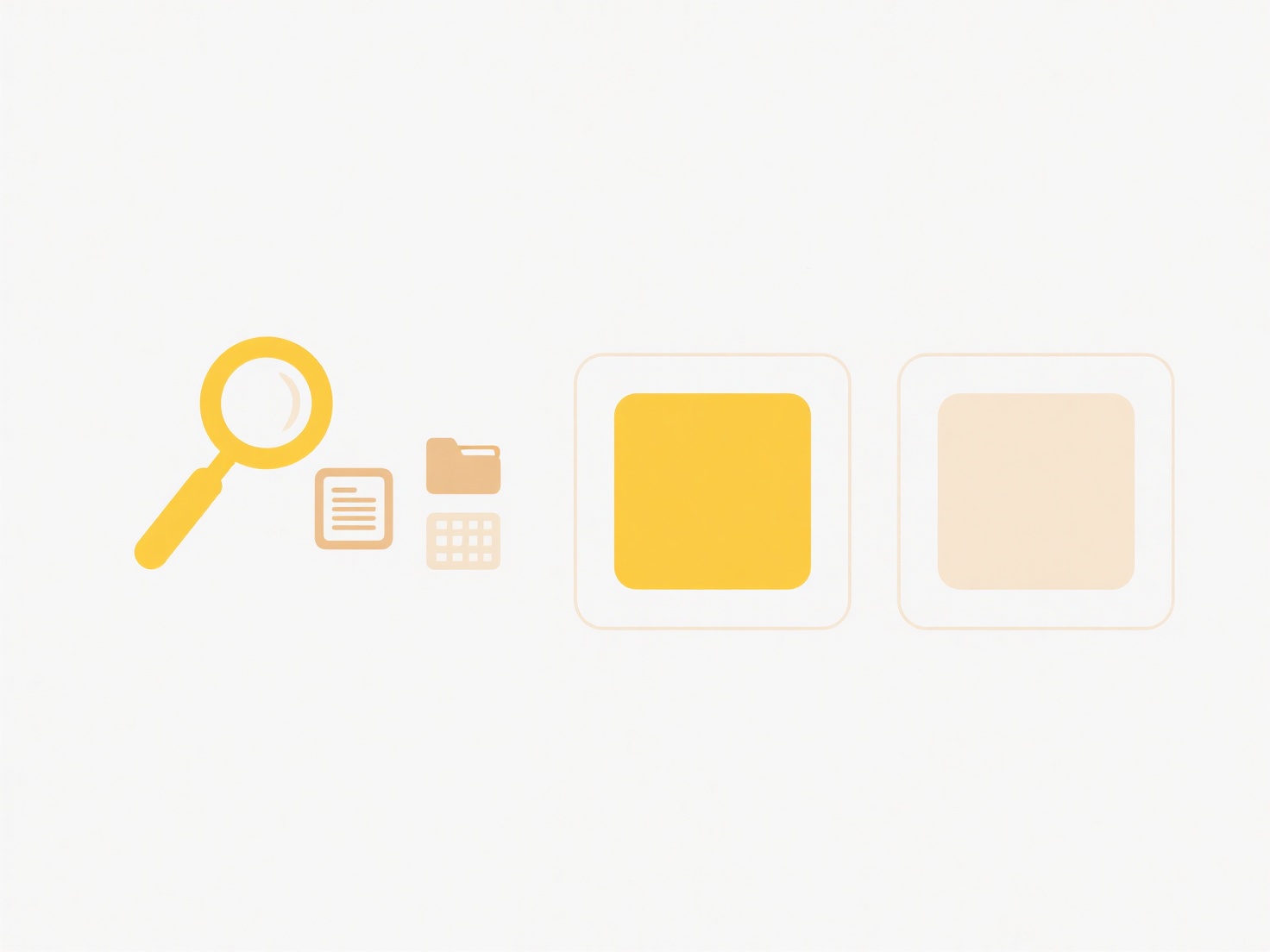
Restoring an entire cloud folder offline in one action means directly downloading the complete folder structure and all its contents from cloud storage services like Dropbox, Google Drive, or OneDrive to your local device (e.g., laptop, external hard drive) simultaneously, rather than selecting individual files. While technically feasible with desktop sync clients that mirror the cloud locally, the core function of "restoring" implies retrieval from the cloud origin. Major cloud providers typically offer explicit "Download folder" or "Make available offline" options for entire folders through their web interfaces and desktop apps, making this bulk download a single user-initiated step.
This functionality is commonly used for robust disaster recovery preparation or accessing project files without an internet connection. For instance, a graphic design team using Google Drive can right-click their "Final_Client_Assets" folder and select "Offline access" in Drive for desktop, ensuring everything downloads. Similarly, an accountant backing up financial records to Dropbox can use the web interface to select the "2023_Archive" folder and choose the "Download" button, retrieving all contained files and subfolders as a single ZIP file for local storage.

While convenient for bulk retrieval, this process has limitations. Downloading large folders requires sufficient local storage space and stable internet; interruptions can cause failures needing manual restart. File size and internet speed determine transfer time significantly. Cloud providers are enhancing offline reliability through improved sync client background processes and selective offline modes, especially on mobile. For most users seeking simple bulk offline access within the constraints of their device storage, one-action folder download effectively meets the need.
Can I restore an entire cloud folder offline in one action?
Restoring an entire cloud folder offline in one action means directly downloading the complete folder structure and all its contents from cloud storage services like Dropbox, Google Drive, or OneDrive to your local device (e.g., laptop, external hard drive) simultaneously, rather than selecting individual files. While technically feasible with desktop sync clients that mirror the cloud locally, the core function of "restoring" implies retrieval from the cloud origin. Major cloud providers typically offer explicit "Download folder" or "Make available offline" options for entire folders through their web interfaces and desktop apps, making this bulk download a single user-initiated step.
This functionality is commonly used for robust disaster recovery preparation or accessing project files without an internet connection. For instance, a graphic design team using Google Drive can right-click their "Final_Client_Assets" folder and select "Offline access" in Drive for desktop, ensuring everything downloads. Similarly, an accountant backing up financial records to Dropbox can use the web interface to select the "2023_Archive" folder and choose the "Download" button, retrieving all contained files and subfolders as a single ZIP file for local storage.

While convenient for bulk retrieval, this process has limitations. Downloading large folders requires sufficient local storage space and stable internet; interruptions can cause failures needing manual restart. File size and internet speed determine transfer time significantly. Cloud providers are enhancing offline reliability through improved sync client background processes and selective offline modes, especially on mobile. For most users seeking simple bulk offline access within the constraints of their device storage, one-action folder download effectively meets the need.
Quick Article Links
Can I search for encrypted or protected files?
Searching for encrypted or protected files depends on the specific type of protection. Encryption scrambles file content...
How do I prevent accidental file deletion or misplacement?
Accidental file deletion or misplacement refers to the unintentional erasing of files or saving them in an incorrect fol...
Can I auto-name files based on content?
Auto-naming files based on content uses software algorithms to analyze a file's content and automatically generate descr...